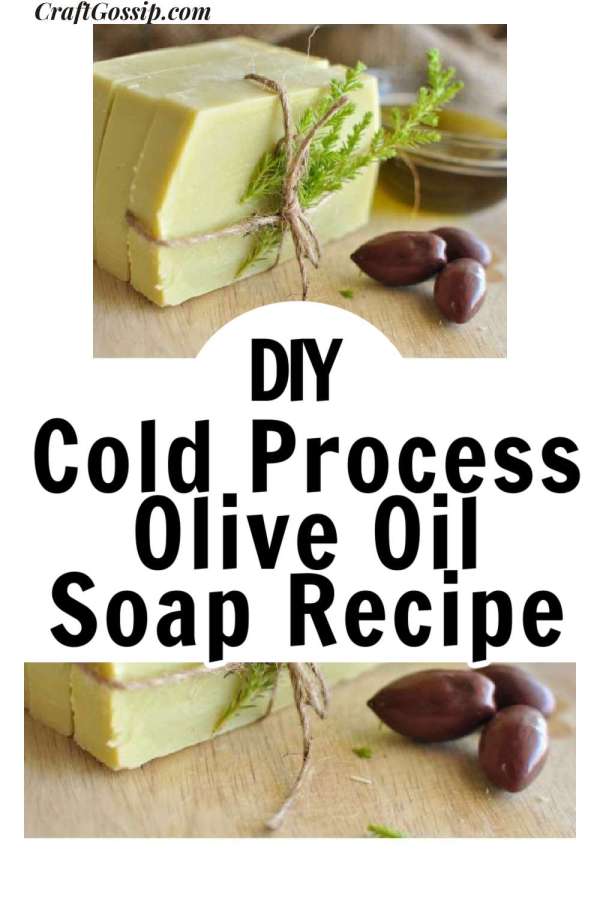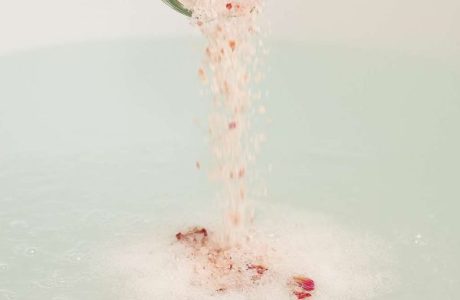
Cold process soap making is a rewarding craft that allows you to create personalized, skin-loving soaps. Olive oil soap is a classic option known for its moisturizing and nourishing properties. In this tutorial, we will guide you through making olive oil soap from scratch using the cold process method. We’ll also discuss the benefits of olive oil for the skin, provide scent variations, and offer a melt and pour alternative for beginners.
**Benefits of Olive Oil for the Skin:**
Olive oil is a rich source of antioxidants, vitamins, and healthy fatty acids that can provide several benefits for the skin, including:
1. **Moisturization:** Olive oil contains oleic acid, which helps to deeply moisturize and nourish the skin, making it great for dry or sensitive skin types.
2. **Antioxidant Protection:** The antioxidants in olive oil, such as vitamin E and polyphenols, help protect the skin from damage caused by free radicals and environmental stressors.
3. **Gentle Cleansing:** Olive oil soap has gentle cleansing properties that won’t strip the skin of its natural oils, making it suitable for all skin types.
4. **Anti-Inflammatory:** The anti-inflammatory properties of olive oil can help calm irritated skin and reduce redness.
5. **Anti-Aging:** The vitamins and antioxidants in olive oil can help promote collagen production, reducing the appearance of fine lines and wrinkles.
**Ingredients:**
– 400g Olive Oil
– 50g Coconut Oil
– 50g Shea Butter
– 100g Distilled Water
– 66g Sodium Hydroxide (Lye)
– Optional: Essential oils for scent (e.g., lavender, citrus, eucalyptus)
– Optional: Natural colorants (e.g., spirulina, turmeric, cocoa powder)
**Equipment:**
– Safety goggles and gloves
– Stainless steel or heat-resistant plastic containers
– Stick blender
– Digital kitchen scale
– Thermometer
– Silicone mold
**Instructions:**
**1. Safety First:**
– Work in a well-ventilated area and wear safety goggles and gloves.
– Always add lye to water, not the other way around, to avoid splattering.
**2. Prepare Your Ingredients:**
– Measure and weigh all ingredients accurately.
– Melt the coconut oil and shea butter in a microwave or double boiler.
**3. Mix Lye Solution:**
– In a well-ventilated area, carefully add the lye to the distilled water while stirring.
– Allow the lye solution to cool to around 100°F (38°C).
**4. Combine Oils and Lye Solution:**
– Mix the melted coconut oil, shea butter, and olive oil in a heat-resistant container.
– Ensure both the lye solution and oil mixture are around the same temperature (around 100°F or 38°C).
**5. Blend and Reach Trace:**
– Gradually pour the lye solution into the oils.
– Use a stick blender to blend until the mixture reaches “trace,” which is a thickened consistency resembling pudding.
**6. Add Scent and Color (Optional):**
– If desired, add a few drops of your chosen essential oils for scent and natural colorants for color. Mix well.
**7. Pour into Mold:**
– Pour the soap mixture into your silicone mold.
**8. Cure and Unmold:**
– Cover the mold with plastic wrap or a towel.
– Keep the soap in a cool, dry place for about 24-48 hours to allow it to harden.
**9. Cut and Cure:**
– After the initial hardening period, gently remove the soap from the mold and cut it into bars.
– Place the bars on a curing rack in a well-ventilated area for 4-6 weeks. This allows excess moisture to evaporate, resulting in a harder and longer-lasting soap.
**10. Enjoy Your Soap:**
– Once fully cured, your olive oil soap is ready to use. Enjoy the skin-loving benefits!
**Scent Variations:**
1. **Lavender Relaxation:** Add 15-20 drops of lavender essential oil for a calming and soothing scent.
2. **Citrus Burst:** Add 10-15 drops of citrus essential oils (orange, lemon, grapefruit) for an invigorating and uplifting scent.
3. **Eucalyptus Mint:** Add 10 drops of eucalyptus essential oil and 5-10 drops of peppermint essential oil for a refreshing and revitalizing scent.
**Melt and Pour Variation:**
For beginners or those who prefer a simpler approach, you can create an olive oil soap using the melt and pour method:
**Ingredients:**
– Melt and pour soap base (olive oil-based)
– Essential oils for scent
– Optional: Natural colorants
**Instructions:**
1. **Melt Soap Base:** Cut the melt and pour soap base into small chunks and melt it using a microwave or double boiler.
2. **Add Scent and Color:** Once melted, add a few drops of your chosen essential oils and natural colorants, if desired. Mix well.
3. **Pour into Mold:** Pour the melted soap base into silicone molds.
4. **Cool and Unmold:** Allow the soap to cool and harden in the mold.
5. **Unmold and Enjoy:** Once fully cooled, gently remove the soap from the mold. Your melt and pour olive oil soap is now ready to use.
**Final Thoughts:**
Creating your own olive oil soap allows you to customize the ingredients and scents to suit your preferences and skin’s needs. Remember that cold process soap requires proper safety precautions and curing time for the best results. Whether you choose the cold process or melt and pour method, you’ll enjoy the nourishing benefits of olive oil in your handmade soap creations.





Leave a Reply